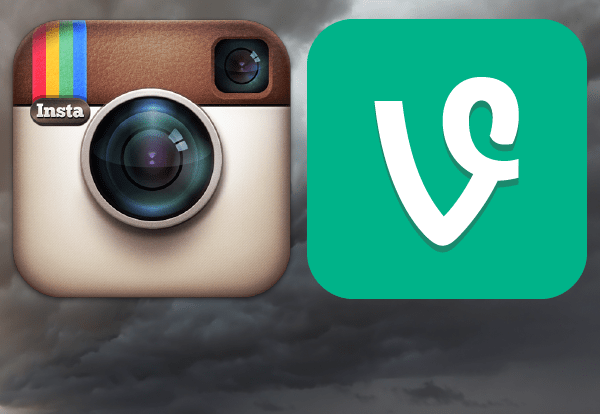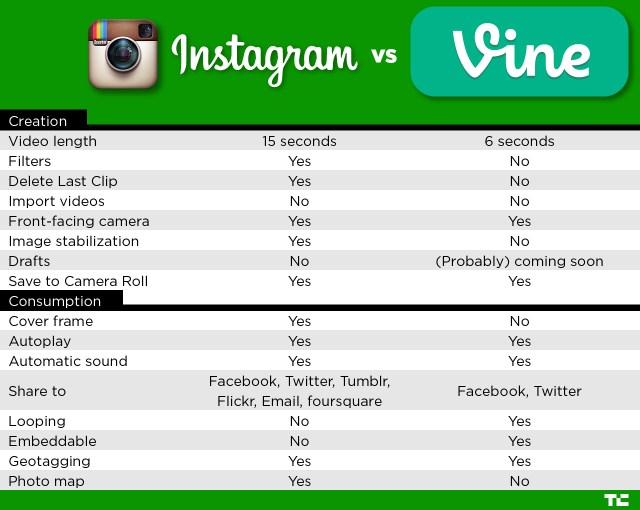Facebook soon plans to announce the first results of the initiative, which it calls Facebook for Every Phone: More than 100 million people, or roughly one out of eight of its mobile users worldwide, now regularly access the social network from more than 3,000 different models of feature phones, some costing as little as $20.
Many of those users, who rank among the world’s poorest people, pay little or nothing to download their Facebook news feeds and photos, with the data usage subsidized by phone carriers and manufacturers.
Facebook has only just begun to sell ads to these customers, so it makes no money from them yet. But the countries in which the simple phone software is doing the best — India, Indonesia, Mexico, Brazil and Vietnam — are among the fastest-growing markets for use of the Internet and social networks, according to the research firm eM
arketer.
Like many other giants of the technology industry, Facebook is struggling with the seismic shift of its customers away from computers to mobile devices and the erosion of profit that can bring.
Last year, the company overhauled its apps for Apple iPhones and Android-based smartphones to improve mobile access while introducing new types of ads that nudge users to install a new game or other apps on their phones. But customer growth in developed markets like the United States has still slowed markedly because just about everyone who wants to be on Facebook has already joined the network.
Analysts say Facebook has a powerful opportunity to win the long-term loyalty of millions of new global users by giving them their first taste of the Internet through Facebook on a simple cellphone.
“In a lot of foreign markets, people think that the Internet is Facebook,” said Clark Fredricksen, a vice president at eMarketer.
Those users, Facebook hopes, will become more attractive to advertisers as their incomes grow and they gain broader access to the Web.
The feature phone project was driven by a small group of people who joined Facebook in 2011, when it purchased a start-up called Snaptu. The team had to re-engineer Facebook’s software to drastically shrink the amount of data sent over slow cellular networks. They also had to find a way to quickly display familiar Facebook features like chat and photos on phones with very basic computing power and low-resolution screens.
“We actually run the apps on our servers,” said Ran Makavy, who was chief executive of Snaptu and now runs Facebook’s feature phone project. “The result was something that looks almost like a smartphone app.”
The software has features that are common in more advanced versions of Facebook, including sticker-size emoticons in chat and Instagram-style filters to dress up photos. (Facebook for Every Phone can be used by feature phone customers anywhere, including those in the United States. It can be downloaded from Facebook using the phone’s mobile browser or obtained from app stores operated by the phone maker or independent companies like Getjar.)
Brian Blau, who studies consumer technologies at the research firm Gartner, said that given Facebook’s mission of linking the entire globe through its service, it needed to reach out to the least tech-savvy customers.
“They talk about socially connecting the world together,” he said. “They can’t do that until they connect people who don’t have smartphones or computers.”
To understand how far Facebook has come in its approach to mobile devices, consider this: until two years ago, the only way to sign up for the service was through a Web browser, which is much slower to use than an app. Facebook originally viewed phones as mostly useful for posting status updates, not as a primary way to access the service, said Javier Olivan, who heads Facebook’s growth team.
Eventually, the company realized that tens of millions of people in developing countries were eager to try Facebook but had no access to a computer, nor could they afford the $600 iPhones or $40-a-month data plans common in the developed world.
“It became very obvious that the next wave of users would come on mobile only,” Mr. Olivan said in an interview last week.
To go after those customers, Facebook spent a reported $70 million to buy Snaptu, an Israeli company that had begun to offer primitive versions of Facebook and other apps on simple cellphones.
The acquisition “unlocked an opportunity for us,” Mr. Olivan said.
From virtually no users on feature phones a couple of years ago, the company has grown to 100 million active users. Facebook declined to offer any specific predictions about the growth of its service on either smartphones or feature phones.
The immediate prospects of making money from feature phone users are modest. During the first quarter of this year, Facebook got only 24 percent of its $1.5 billion in revenue from outside of the United States, Canada and Europe. It is just beginning to ramp up its mobile advertising revenue, which was 30 percent of its overall global ad revenue in the first quarter. Those mobile ads are not as profitable as desktop ads, whose growth is flat.
The company will report its second-quarter earnings on Wednesday, but analysts expect that developed markets will be the biggest source of Facebook’s revenue and profit for a long time.
Still, there is a longer-term business opportunity, for both Facebook and its phone industry partners, as mobile usage grows in Asia, Latin America and Africa.
Facebook has struck promotional deals with phone makers like Nokia, which in Mayannounced a $99 feature phone called the Asha 501 that includes free Facebook access for customers of certain carriers, including Bharti Airtel, which serves India and much of Africa.
The social network gets legions of new users from such deals, and the carriers and phone manufacturers hope that once customers get a taste of the Internet through Facebook, they will be willing to pay for more data access and better phones.
“It drives people to use data,” Mr. Makavy said.
Mr. Olivan said Facebook has found that many users of the feature phone software, despite slow and erratic data connections, are more engaged with the service than customers using iPhones on fast networks. That engagement might be attractive to advertisers.
The development of the feature phone technology, which is five to 10 times more efficient than Facebook’s smartphone apps, has paid other dividends, teaching the company how to improve the rest of its software.
“We’re working on bringing a lot of the ideas into smartphone apps,” Mr. Olivan said.
But Mr. Makavy says he sees a strong future for the feature phone version of Facebook. Even in places where sales of new feature phones are slowing, use of the mobile Internet on them is growing.
“Before, maybe 2 percent were connecting,” he said. “Now it’s like 25 percent. I think there is a pretty long runway still.
”
VIA NYTimes
















